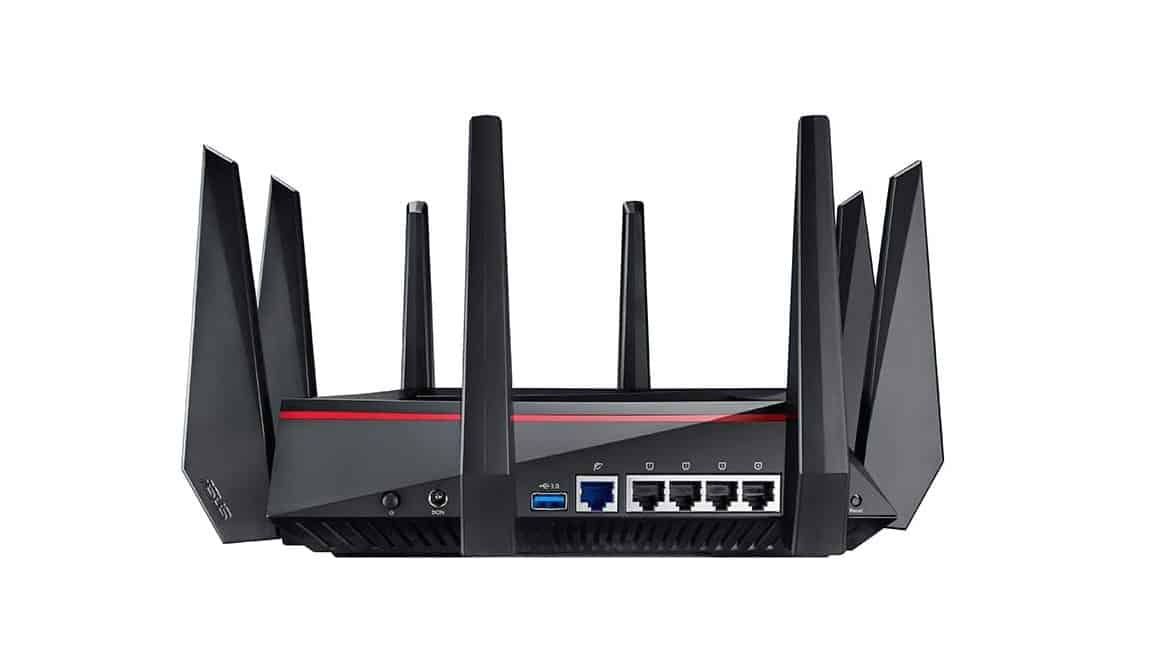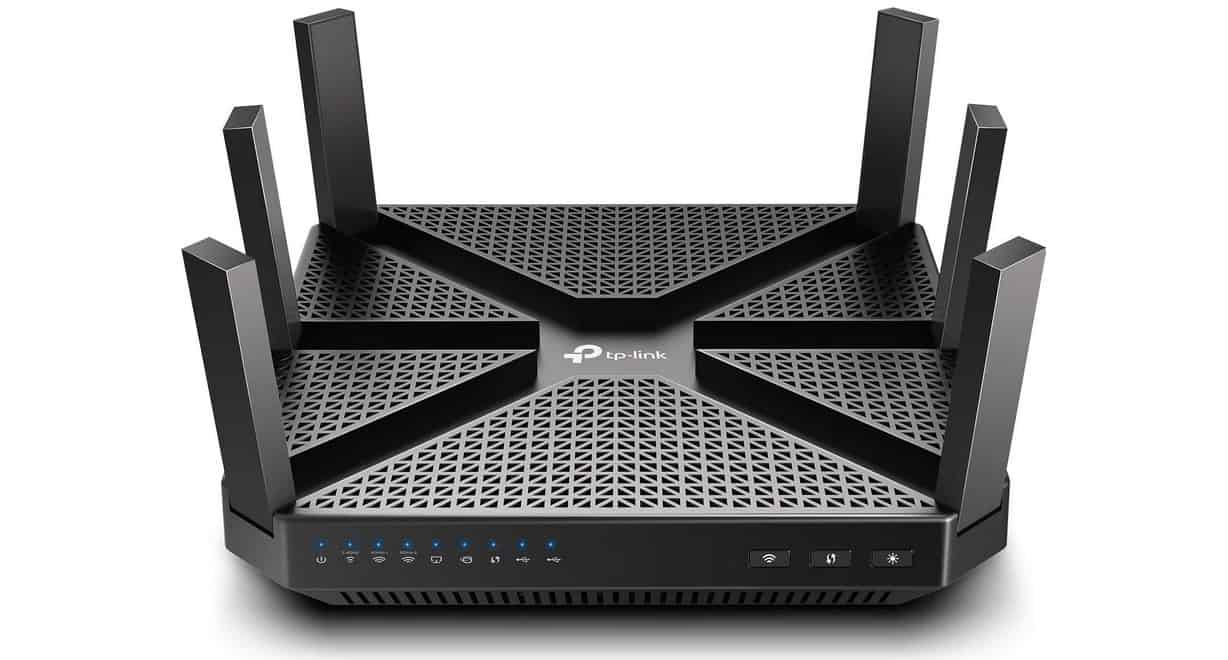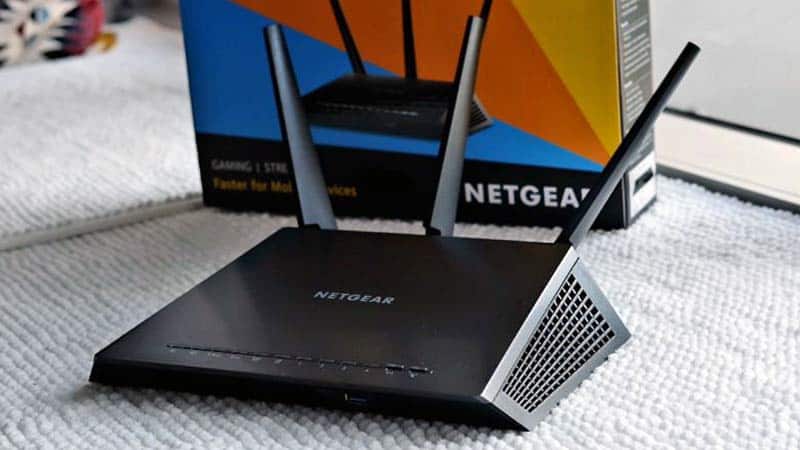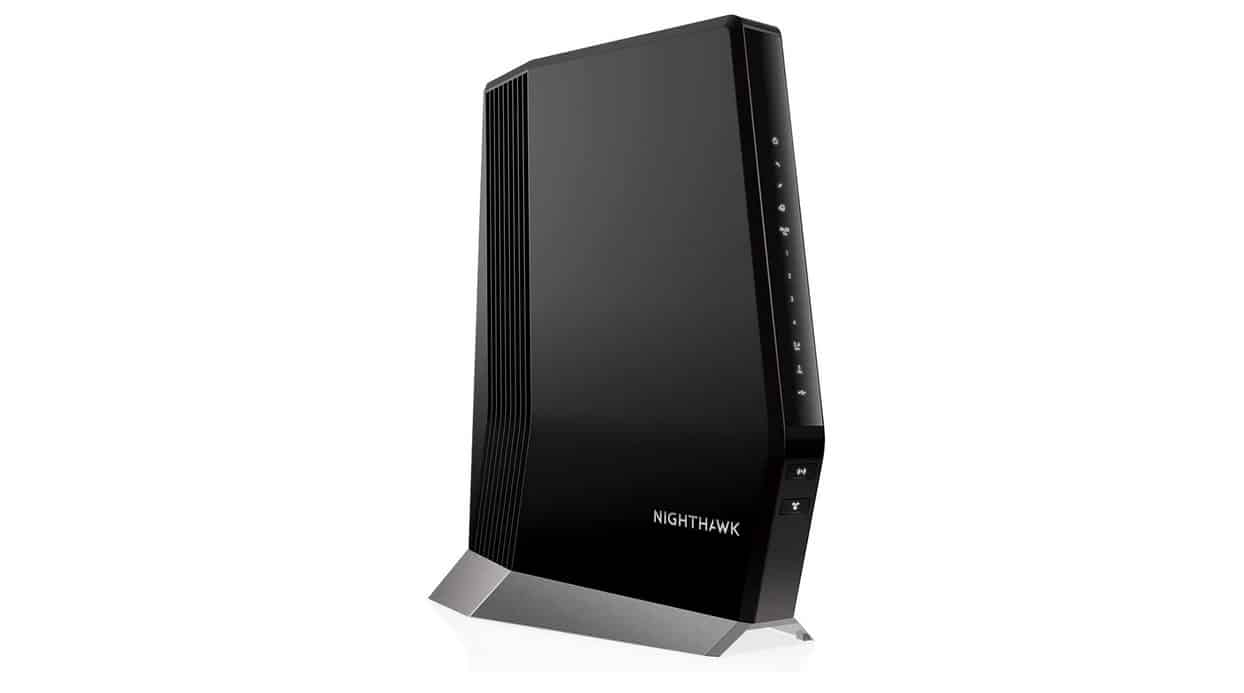If you have been experimenting with the various features of your wireless network, you may wonder what is NAT on a router? The best routers, after all, offer a wide range of functionalities, but is NAT one of them? Keep reading to find out the definition of NAT on a router and the benefits of accessing it.
KEY TAKEAWAYS:
- NAT stands for network address translation and refers to the issuance of a public IP address, not private IP addresses.
- NAT is used to generate a single public address to be used across any device connected to your private network or public network.
- There are two types of NAT IP addresses, static NAT which always remains the same, and dynamic NAT which is a constantly changing source address.
What is NAT?
NAT stands for network address translation and refers to the act of preserving an IP address for access to the Internet. NAT is typically used when two routers communicate with one another, so your garden variety consumer will rarely have to access the NAT function of a router, unlike when they are learning how to limit data usage on a router.
Insider Tip
Check your router’s instruction manual or firmware software for information on how to change NAT settings.
How Does NAT Work?
Network address translation allows a router to act as an agent between a public network and a local network, meaning that users only need one unique IP address to represent an entire group of computers. What does this mean? The one unique IP address supplied by using NAT will allow any computer or device on your router’s network to access the Internet, even if you have recently learned how to connect two WiFi extenders.
Types of NAT
There are two primary forms of network address translation that are typically available to modern routers.
Static NAT
As the name suggests, once your router converts an IP address to be used by every device in your network, it will stick with the same IP address in the future. Using a static NAT address is simple and more convenient, but may open yourself up to some security risks.
Dynamic NAT
Dynamic NAT is the opposite of static NAT, as a dynamic network address translation will constantly change up the IP address to be used as a universal network connection within your devices. The router goes through a pool of public IP addresses each time you connect. This is great for security, though may be slightly less efficient than static NAT.
Do All Routers Support NAT?
In some way or another, all modern routers support network address translation, though they may not allow consumers to access and change up any of the settings. This means that static NAT will be the only option available.
F.A.Q.S
What benefits are offered by network address translation?
The primary benefit is consistent and efficient Internet connections via a public address, a private IP address, or even external IP addresses.
Is your router slow? It might be your NAT table?
Using dynamic NAT could slow down your router, even when using a public network and public IP address. Go with a static NAT system and a public address to increase speed.
What is a local area network?
A local area network refers to private IP addresses or a private network that accesses the Internet via a public IP address or a public network. A private address is used for intra-network communication.
STAT: In order to configure traditional NAT, you need to make at least one interface on a router (NAT outside) and another interface on the router (NAT inside) and a set of rules for translating the IP addresses in the packet headers (and payloads if desired) need to be configured. (source)
REFERENCES:
- https://www.cisco.com/c/en/us/support/docs/ip/network-address-translation-nat/26704-nat-faq-00.html
- https://www.comptia.org/content/guides/what-is-network-address-translation
- https://en.wikipedia.org/wiki/Network_address_translationr
- https://www.linksys.com/us/support-article?articleNum=136980
- https://kb.netgear.com/992/What-is-NAT-Network-Address-Translation




























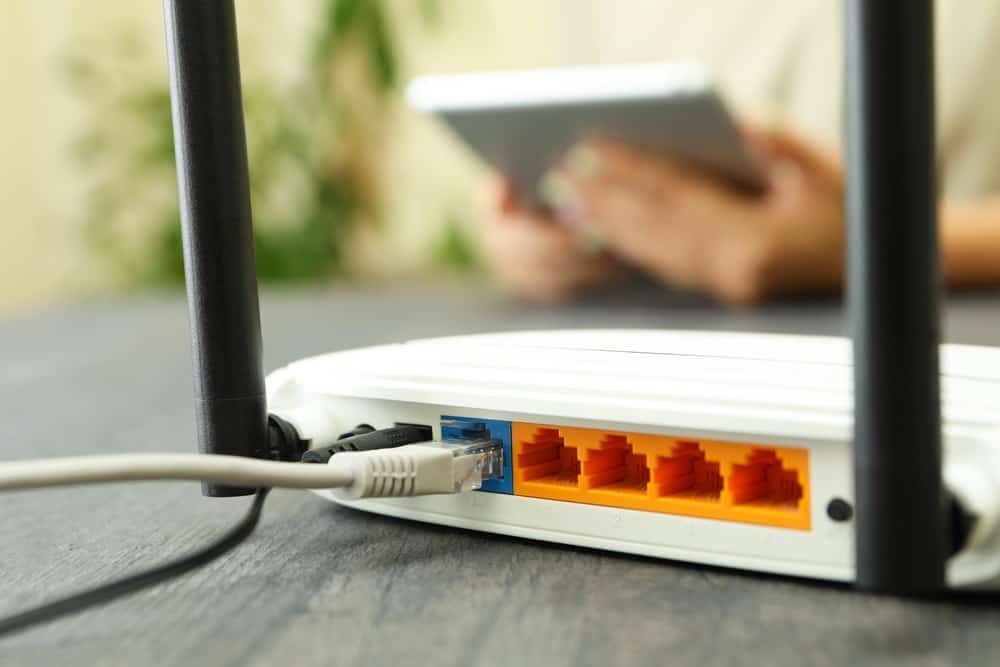

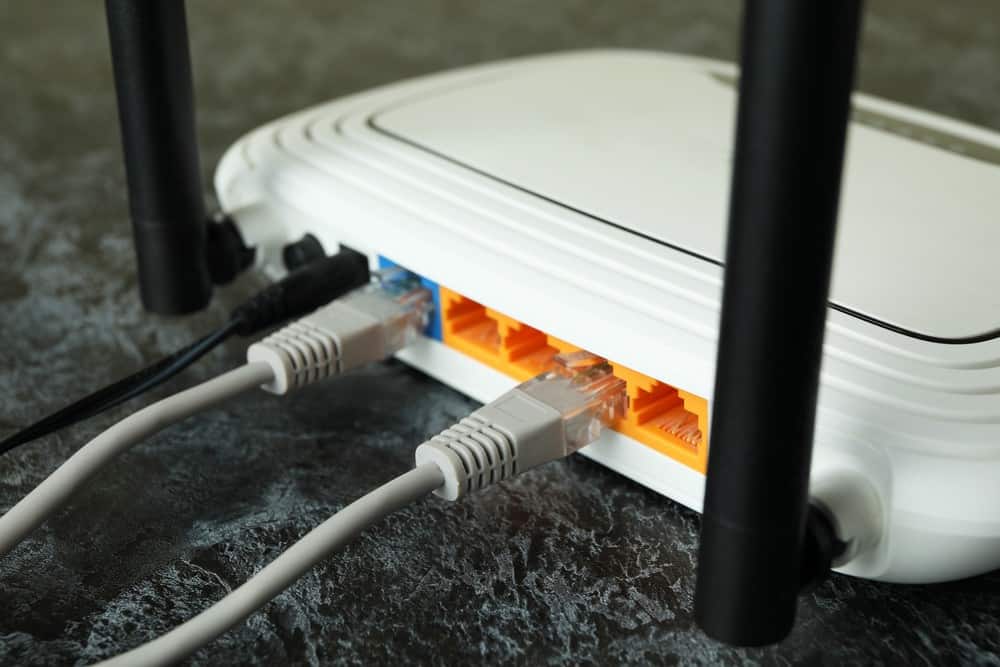
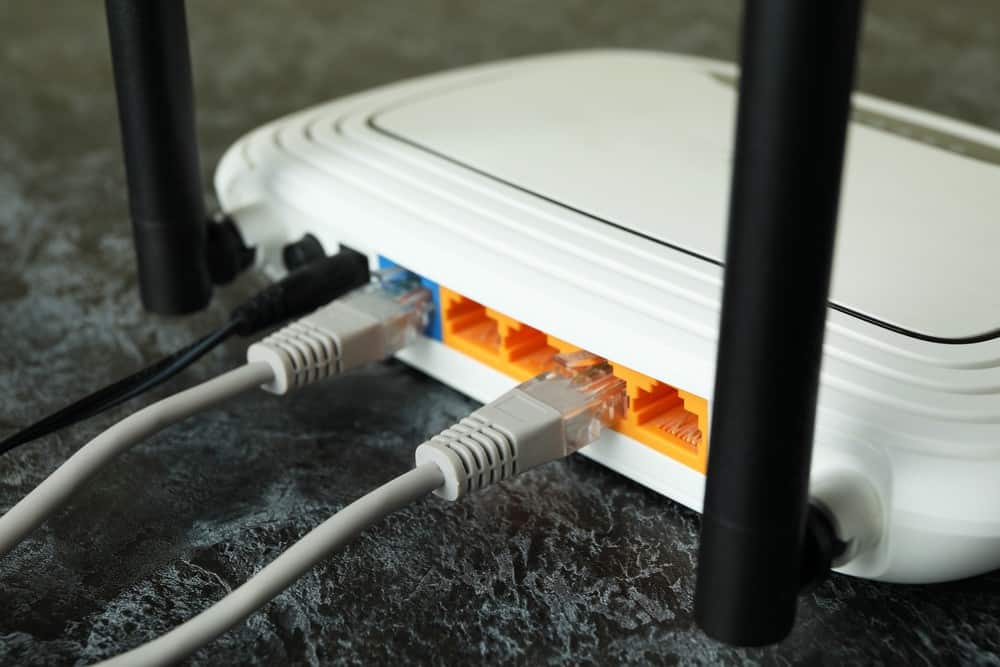



![Best BenQ Monitors in [year] 27 Best BenQ Monitors in 2025](https://www.gadgetreview.dev/wp-content/uploads/best-benq-monitor-image.jpg)
![Best Wifi Extenders For FiOS in [year] 28 Best Wifi Extenders For FiOS in 2025](https://www.gadgetreview.dev/wp-content/uploads/best-wifi-extender-for-fios-image.jpg)
![Best Fiber Optic Routers in [year] 29 Best Fiber Optic Routers in 2025](https://www.gadgetreview.dev/wp-content/uploads/best-fiber-optic-router-image.jpg)
![Best VoIP Routers in [year] 30 Best VoIP Routers in 2025](https://www.gadgetreview.dev/wp-content/uploads/best-voip-router-image.jpg)
![Best Routers for 200Mbps in [year] 31 Best Routers for 200Mbps in 2025](https://www.gadgetreview.dev/wp-content/uploads/best-router-for-200mbps-image.jpg)
![Best Routers for Optimum in [year] 32 Best Routers for Optimum in 2025](https://www.gadgetreview.dev/wp-content/uploads/best-router-for-optimum-image.jpg)
![Best Routers for Apple in [year] 33 Best Routers for Apple in 2025](https://www.gadgetreview.dev/wp-content/uploads/best-router-for-apple-image.jpg)
![Best Routers for Frontier FIOS in [year] 34 Best Routers for Frontier FIOS in 2025](https://www.gadgetreview.dev/wp-content/uploads/best-router-for-frontier-fios-image.jpg)
![Best Secure Routers in [year] 35 Best Secure Routers in 2025](https://www.gadgetreview.dev/wp-content/uploads/best-secure-router-image.jpg)
![Best Routers for Google Fiber in [year] 36 Best Routers for Google Fiber in 2025](https://www.gadgetreview.dev/wp-content/uploads/best-router-for-google-fiber-image.jpg)
![Best Routers for Cox in [year] 37 Best Routers for Cox in 2025](https://www.gadgetreview.dev/wp-content/uploads/best-router-for-cox-image.jpg)
![Best Asus Routers in [year] 38 Best Asus Routers in 2025](https://www.gadgetreview.dev/wp-content/uploads/best-asus-routers-image.jpg)
![Best Linksys Routers in [year] 39 Best Linksys Routers in 2025](https://www.gadgetreview.dev/wp-content/uploads/best-linksys-routers-image.jpg)
![Best Routers for CenturyLink in [year] 40 Best Routers for CenturyLink in 2025](https://www.gadgetreview.dev/wp-content/uploads/best-router-for-centurylink-image.jpg)
![Best WiFi Routers for Multiple Devices in [year] 41 Best WiFi Routers for Multiple Devices in 2025](https://www.gadgetreview.dev/wp-content/uploads/best-wifi-router-for-multiple-devices-image.jpg)
![Best Wired Routers in [year] 42 Best Wired Routers in 2025](https://www.gadgetreview.dev/wp-content/uploads/best-wired-router-image.jpg)
![Best Routers for 4K Streaming in [year] 43 Best Routers for 4K Streaming in 2025](https://www.gadgetreview.dev/wp-content/uploads/best-router-for-4k-streaming-image.jpg)
![Best Cisco Routers in [year] 44 Best Cisco Routers in 2025](https://www.gadgetreview.dev/wp-content/uploads/best-cisco-routers-image.jpg)
![Best eero Routers in [year] 45 Best eero Routers in 2025](https://www.gadgetreview.dev/wp-content/uploads/best-eero-routers-image.jpg)






